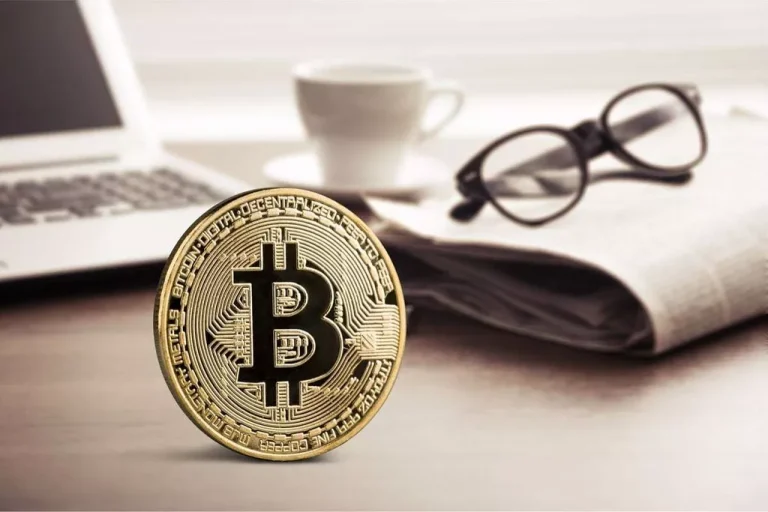An automated market maker (AMM) is a mechanism that automates the buying and promoting of digital assets on decentralized exchanges. They replace the standard order books and market-making methods by allowing users to lock their digital assets in items of self-executing code known as good contracts. The liquidity pool, which is the collection of the digital assets provided by the customers, supplies the assets for the commerce. These AMM exchanges are based on a continuing function, the place the mixed asset reserves of trading pairs must remain unchanged. In non-custodial AMMs, consumer deposits for buying and selling pairs are pooled inside a smart contract that any dealer can use for token swap liquidity. Users commerce towards the sensible contract (pooled assets) as opposed to instantly with a counterparty as so as book exchanges.

The formulation works by maintaining a relentless ratio between two assets, the place one asset’s worth increases as the opposite decreases. Solidity is a high-level, object-oriented programming language created for designing and implementing good contracts. These contracts automate the market-making course of, allowing for the automatic execution of trades.
What’s An Automated Market Maker (amm)?
As AMMs depend on mathematical formulation to determine prices, large trades may cause important worth influence, leading to larger slippage. Traders and liquidity suppliers want to think about the liquidity and depth of the pool to minimize slippage and guarantee environment friendly commerce execution. In the DeFi world, AMMs replace these traditional entities with sensible contracts. These smart contracts maintain liquidity pools of varied tokens, allowing customers to trade against this pooled liquidity rather than with individual counterparties. As mentioned above, assets inside the pool are managed by an algorithm that sets prices of digital belongings. This algorithm permits tokens to be traded permissionlessly and routinely rather than in a traditional market of patrons and sellers.
This automation eliminates the need for intermediaries, making the method more efficient. Unlike traditional exchanges, there’s no central authority controlling the market. This decentralization is integral to the ethos of DeFi, guaranteeing that the system is extra proof against censorship and central points of failure.
What Are The Dangers And Limitations Of Amms?
Instead of trading instantly with different people as with a traditional order book, users trade instantly by way of the AMM. Impermanent loss is the distinction in worth over time between depositing tokens in an AMM versus merely holding these tokens in a wallet. This loss occurs when the market-wide worth of tokens inside an AMM diverges in any path.
DeFi (Decentralized Finance) has been a hot subject in latest times, with its promise of democratizing and bettering the traditional monetary system by way of peer-to-peer buying and selling. However, whereas DeFi has caused many inventions and opportunities, it additionally faces challenges, similar to low liquidity and high https://www.xcritical.com/ value negotiation costs because of using smart contracts. Key kinds of AMM embody Constant Product Market Maker (CPMM), Constant Sum Market Maker (CSMM), and Constant Mean Market Maker (CMMM), among others. Each type uses a different algorithmic strategy for managing liquidity pools and asset pricing.
Constantine
Non-Custodial – Decentralised exchanges don’t take custody of funds which is why they are described as Peer-to-Peer. A consumer connects immediately with a Smart Contract through their non-custodial wallet e.g MetaMask granting entry privileges for so long as they wish to interact with the Contract. The conventional mannequin for doing this is named a Centralised Exchange, or CEX. It is described as centralised because there is a single level of management for the service – from both a technology and management perspective – with which the person has to establish trust by supplying KYC.
Constant product market makers (CPMMs) are the primary kind of automated market maker (AMM), introduced by Bancor in 2017. Each AMM gives its liquidity providers the ability to vote on its charges, in proportion to the number of LP tokens they maintain. Whenever anyone locations a new vote, the AMM recalculates its fee to be an average of the most recent votes, weighted by what quantity of LP tokens those voters maintain.
In different words, market makers facilitate the processes required to provide liquidity for buying and selling pairs. Also aiming to extend liquidity on its protocol, DODO is using a mannequin known as a proactive market maker (PMM) that mimics the human market-making behaviors of a conventional central restrict order guide. Ultimately, this facilitates more efficient trading and reduces the impairment loss for liquidity suppliers. Automatic market makers (AMMs) are protocols powering DEXes and offering a decentralized automated strategy to crypto asset trade. The vital distinction is that one other trader isn’t required for making a swap as the protocol makes the market for users, performing the opposite aspect of a buying and selling pair.
While this provides more options for a purchaser to buy crypto belongings, the waiting time for a perfect match could additionally be too long for their liking. Liquidity suppliers tackle the chance of impermanent loss, a potential loss that they may incur if the worth of the underlying token pair drastically adjustments in both path. If the loss is bigger than the achieve obtained by way of accumulating buying and selling charges, the liquidity supplier would have been higher off simply HODLing the tokens. The supply-demand ratio of a cryptocurrency token pair determines their change charges.

(The proportions shift over time as folks commerce towards the AMM.) The AMM does not charge a fee when withdrawing each assets. By doing this, you will have managed to maximize your earnings by capitalizing on the composability, or interoperability, of decentralized finance (DeFi) protocols. Note, however, that you’ll need to redeem the liquidity provider token to withdraw your funds from the preliminary liquidity pool. Chainlink Price Feeds already underpin a lot of the DeFi economic system and play a key position in serving to AMMs precisely set asset prices and enhance the liquidity available to merchants. Now, Chainlink Automation is beginning to play a major position by enabling good contracts to be automated in a decentralized and extremely safe manner. For example, Bancor 3 has integrated Chainlink Automation to help support its auto-compounding characteristic.
What Is An Automated Market Maker (amm)?
Up to 8 liquidity providers’ votes can be counted this fashion; if extra liquidity suppliers try to vote, then solely the highest 8 votes (by most LP tokens held) are counted. Automated Market Makers (AMMs) provide liquidity within the XRP Ledger’s decentralized exchange. With every trade, the value of the pooled ETH will progressively get well until it matches the standard market fee. Notably, only high-net-worth people or firms can assume the position of a liquidity supplier in conventional exchanges. As for AMMs, any entity can turn into liquidity providers so long as it meets the requirements hardcoded into the good contract.

Hybrid fashions can incorporate working parts of different AMM fashions to achieve specific outcomes. Uniswap is a market maker giant with over $3 billion total worth locked (TVL), dominating over 59% of total DEX quantity. As per the formula, if the provision of 1 token (x) will increase, the supply of the opposite token (y) must lower amm crypto meaning, and vice versa, to uphold the fixed worth (k). A Liquidity Hook is a highly composable plugin for liquidity, enabling protocols to seamlessly combine wi… In such a situation, we say that the liquidity of the belongings in query is low. Though impermanent loss may sound confusing, it is simply the tip of the iceberg regarding the complexity and danger of DEFI.
For instance, if a token’s liquidity provide exceeds demand within the liquidity pool, it’ll result in a fall in its prices, and vice versa. DEXs rely on a particular type of system referred to as automated market makers (AMMs) to facilitate trades in the absence of counterparties or intermediaries. Whoever creates the AMM turns into the primary liquidity supplier, and receives LP tokens that characterize 100 percent ownership of belongings within the AMM’s pool. They can redeem some or all of these LP tokens to withdraw property from the AMM in proportion to the quantities currently there.
Constant Sum Market Maker (csmm)
If a consumer adds liquidity to a pool of tokens A and B and A is value $0.5 and B $1, the consumer has to deposit, for example, 100 A tokens and 50 B tokens. A device for accessing the deepest liquidity, lowest slippage and finest exchange rates. Automated Market Makers (AMMs) have significantly altered the buying and selling landscape within Decentralized Finance (DeFi), presenting an apparent contrast to conventional order book-based trading models. While no system is completely risk-free, AMMs are designed with strict security protocols. The use of blockchain know-how ensures that each one transactions are transparent and unchangeable. Despite these challenges, some DeFi platforms are exploring bridges between national foreign money and crypto by collaborating with regulated entities to offer fiat gateways.
Trading Charges
This mechanism allows for decentralized trading throughout the AMM cryptocurrency ecosystem, eliminating the necessity for conventional order books and enabling a extra fluid exchange of property. Hybrid CFMMs allow extraordinarily low worth influence trades through the use of an change price curve that’s principally linear and becomes parabolic solely once the liquidity pool is pushed to its limits. Liquidity providers earn more in fees (albeit on a lower fee-per-trade basis) because capital is used extra effectively, whereas arbitrageurs still revenue from rebalancing the pool. Slippage refers to the distinction between the expected worth and the executed price of a commerce.
With an order book mannequin, the market participants should manually set costs and create orders to buy and promote. Additionally, an AMM usually offers a lot decrease fees and higher liquidity than an order book mannequin. If you’re involved about transferring the market and worth slippage on a DEX you can contemplate breaking your trades into smaller chunks, waiting for the liquidity swimming pools to rebalance. This, however, must be balanced against paying larger fees for more transactions.
